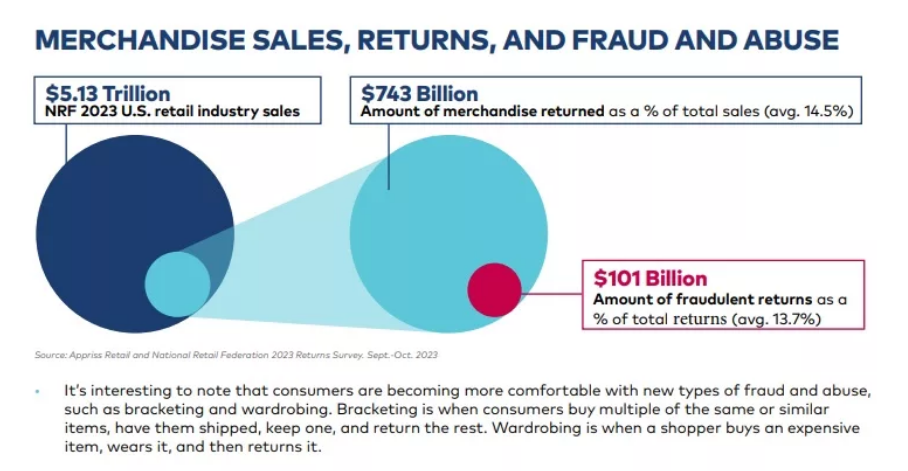🎣 Warrants Served
Plus, a Chicago-based freight broker boasts about making $215k in one day, Lineage Logistics hits it big with an $18 billion IPO, the latest on the Ocean's 11-style freight heist, and more.
The National Retail Federation (NRF) reports that over $100 billion worth of merchandise was fraudulently returned in the U.S. in 2023, a figure that's more than doubled since 2020.

Logistics companies that handle returns for retailers are encountering a baffling trend: returned electronics boxes filled with bricks, counterfeit luxury items replacing genuine products. This isn't just a minor inconvenience; it's a growing crisis. The National Retail Federation (NRF) reports that over $100 billion worth of merchandise was fraudulently returned in the U.S. in 2023, a figure that's more than doubled since 2020.

Exploitation of Policies: Fraudsters are capitalizing on policies like free online returns, which have increased overall returned merchandise as consumers order multiple items with the intention of returning some. Individuals are gaming the returns system, such as sending back different items than originally purchased, or counterfeit products, hoping to receive refunds before the fraud is detected.
Types of Return Fraud
The growth of online channels has influenced retail sales and returns, leading to new categories in online returns like claims and appeasements, which cover reports for missed, late, or damaged deliveries. This category is the fastest-growing in return fraud.
Retailers' Response: Retailers are coping with increased shrink (an industry term that includes theft) and are exploring options like in-store returns to reduce fraud. In-store returns are observed to result in much lower fraud than mail-in returns. Other strategies include:
The issue of fraudulent returns is more than just a logistical headache; it's a multi-faceted challenge affecting the entire supply chain.
Join over 10K+ subscribers to get the latest freight news and entertainment directly in your inbox for free. Subscribe now & be sure to check your inbox to confirm (and your spam folder just in case).